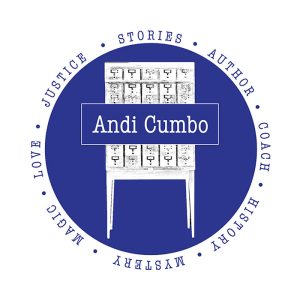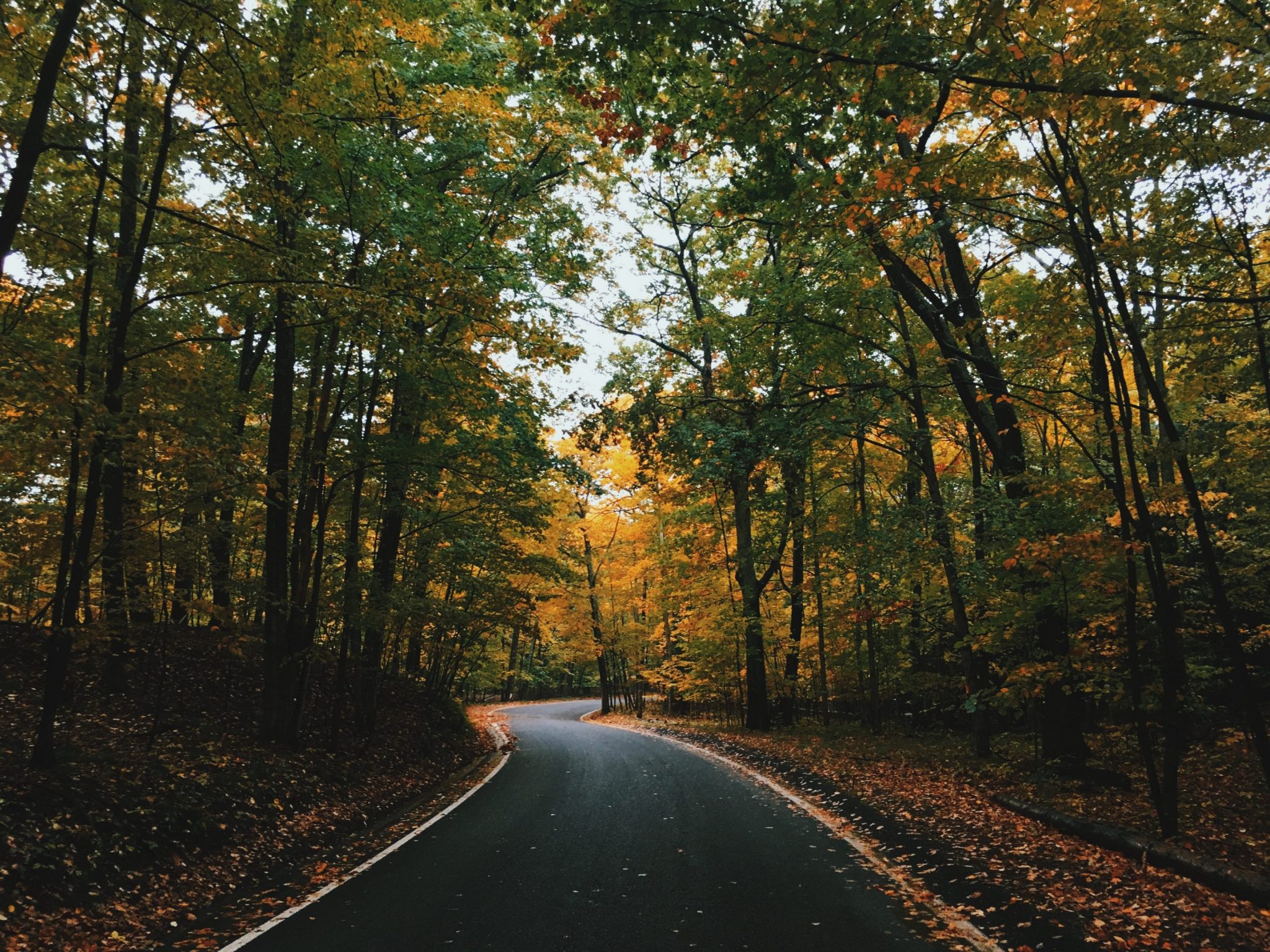
Photo by Aaron Burden on Unsplash
Two roads ran up the mountain to my childhood home. One we called the “curvy way,” and it twisted through a forest beside a stream. Dad used to exaggerate the twists and turns so that my brother and I could swerve – meaning we could slide across the seat and slam into each other. It was great fun. We could only take the curvy way up the mountain – it was a rural, one-way street.
This road passed by a former country-club-like place that was a part of our neighborhood, but the lower part, which we weren’t allowed to visit. There was an decaying tennis court and some sort of fancy house that may or may not have been abandoned. A line of cabins stood beside the road, and I remember once peeking in the windows, probably when Dad led us on an adventure that was not Mom-approved.
The other way, “the gravel road,” ran at the edges of our neighborhood and was lined with small houses and house-trailers. It was a two-way street, and the method by which our school bus got to our stop, just at the boundary of our neighborhood. It was the way we took in the snow.
My friends, the Wilcoxes, lived at the top of the gravel road in a eco-friendly house before eco-friendly was the trend. They had a huge garden, and the youngest daughter told me about sex one night when she slept over. I was about 10, and I didn’t believe her. I remember this road way as being wide-open, not shaded like my neighborhood. It seemed separate, different somehow.
It probably was. Our neighborhood was full of retirees and only a few families. It wasn’t fancy, but it was more middle-class – I realize now – than the working class houses along the gravel road. Our roads were all paved.
**
This weekend, I am going back to my hometown of Waynesville, NC, where I lived from age 4 to 14, the place that shaped my sense of geography and community. I’m taking Philip to visit my old neighborhood. It’s been almost 20 years since I was there, and my heart is aching to get into those mountains again.
But I’m also nervous, and I’ve been exploring my trepidation in words all week. See, I know it won’t feel the same to me now, and I know the illusion of idyll that is my childhood memory is going to be disrupted.
I know that privilege is what let me be able to drive up that curvy way to my house, and I know privilege is what kept us from visiting the fancier, lower neighborhood. I didn’t know that as a child.
But herein, I pray, is the gift of memory and the gift of return: that I can hold space for both what I knew then and what I know now and find some new truth in the experience.
After all, isn’t that what writing is about? Finding new truth in what we think we know. If we knew it all before, what journey, what exploration, what discovery is there in the writing.
**
The trip isn’t all about memory though; it’s about entirely new places for me, too. I’ll be attending and speaking at the Wild Goose Festival on Friday as part of a panel about “Coming to Terms with Your Own Whiteness.” I’ve never been to the festival, and so I know it will have new, challenging things for me.
There’s no doubt that the combination of this opportunity to speak near my hometown, where I knew only one person of color until I was in junior high is going to be a moment of cognitive dissonance for me, a collision of the me of then with the me of now. It won’t all be easy, but it will all – in the end – be good.
Those two roads of my childhood neighborhood diverged just outside a wood, and while I am grateful for the curvy way with its safe, paved adventure, I’m so glad that my life involved the Wilcoxes of the gravel road because I learned, early, that great people and great things exist beyond the boundaries of my own experience.
I’m glad that my life has meant a lot of roads with a lot of people in a lot of places because if I’d had to take only that one less-traveled road through the shade, well, the difference it would have made is a much duller, less colorful life.
If you’re going to be at Wild Goose, let me know. I’d love to say Hi.

